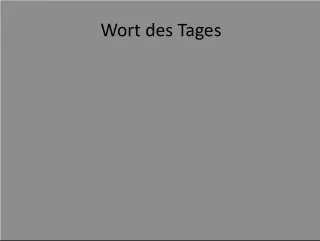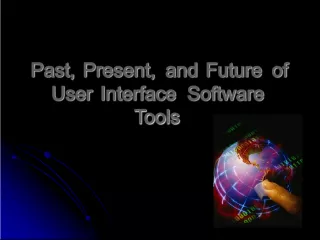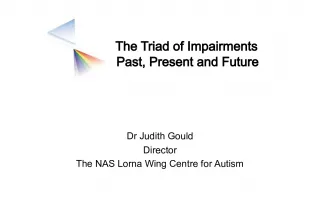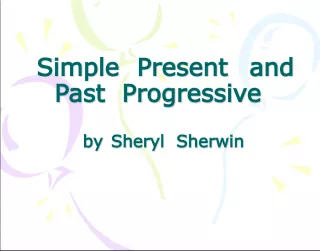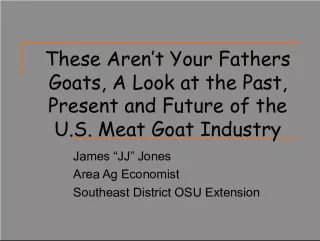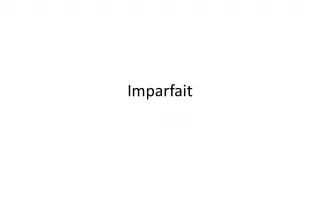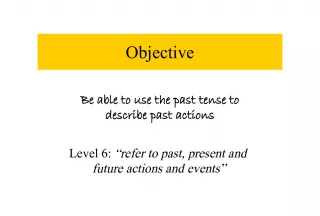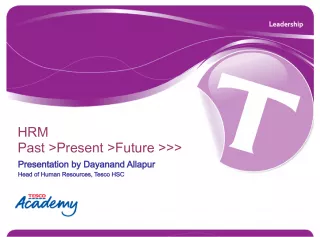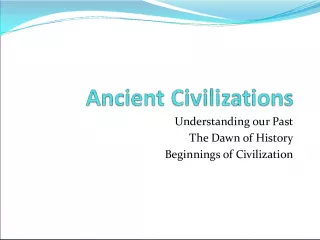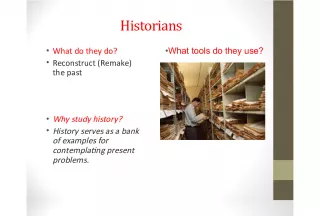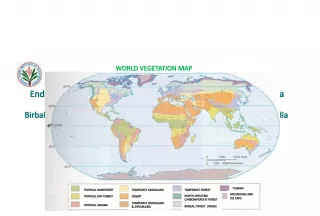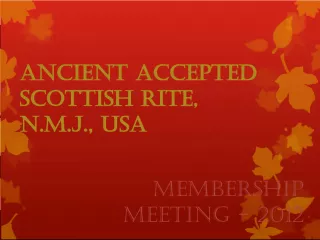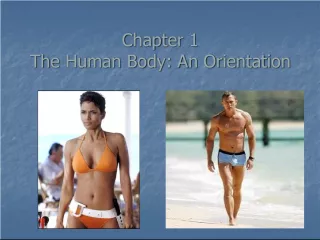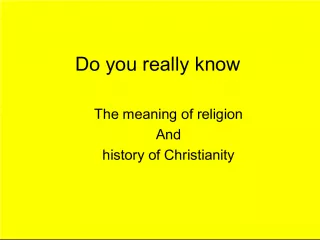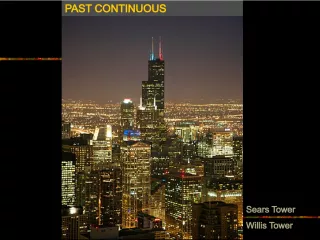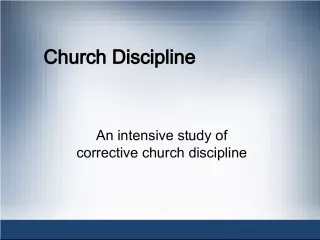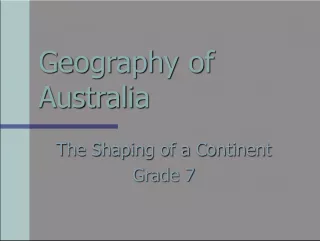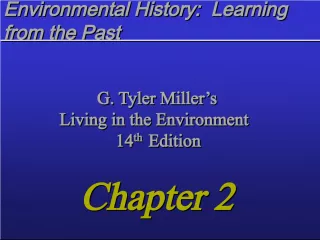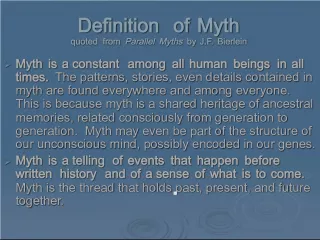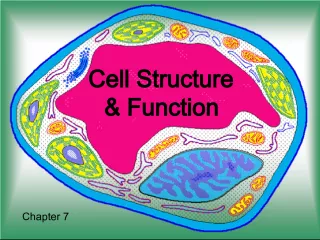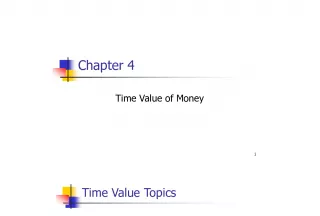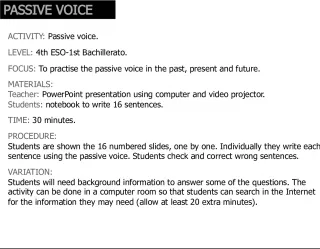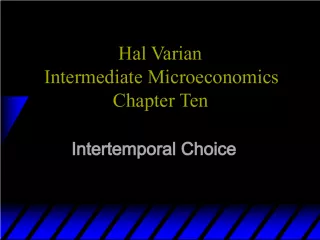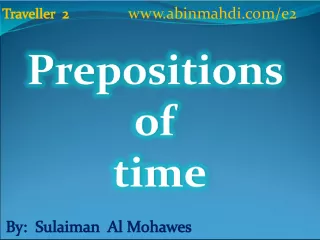Understanding History: Exploring the Past to Shape the Present
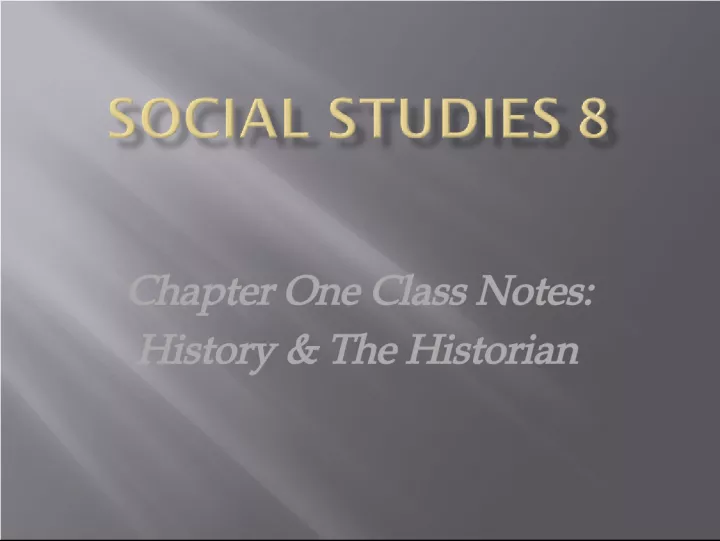

In Chapter One of the class notes for history and the historian text, Voyage to Discovery, we delve into the essence of history as a discipline. This chapter provides an overview
- Uploaded on | 3 Views
-
 harryholt
harryholt
About Understanding History: Exploring the Past to Shape the Present
PowerPoint presentation about 'Understanding History: Exploring the Past to Shape the Present'. This presentation describes the topic on In Chapter One of the class notes for history and the historian text, Voyage to Discovery, we delve into the essence of history as a discipline. This chapter provides an overview. The key topics included in this slideshow are . Download this presentation absolutely free.
Presentation Transcript
Slide1Chapter One Class Notes:History & The Historian
Slide2Text: Voyage to Discovery,pp. 10-21
Slide3What is History (Page 12):This chapter deals with what history is, how one studies history, and how things in the past influence life in the present. We also look at how things such as artifacts (ex: old pictures) can help us learn about what life was like years ago.
Slide4History:• A study of the past • Gathering and examining something that happened • A living subject • An interpretation of past events
Slide5Living With History (Page 12):History is all around us. Sources of history include: • Graveyard headstones • Folk songs • Stories and tales from the past • Books • Letters • Journals • Monuments and memorials • Names
Slide6These things can tell us about how peoplemade a living, what clothes they wore, entertainment and what they ate- just to name a few. NL’s history was impacted when the official name of this province was changed from Newfoundland to Newfoundland and Labrador on December 6, 2001. ( Note: the text uses the term Newfoundland to refer to the entire province prior to December, 2001)
Slide7Individual and Collective Past (Page 13):History is alive because it exists in each of our individual memories. Individual Past – made up of the major events and experiences in your life that shape you and your memories; includes who you are, where you come from and what has influenced you. It is your personal history.
Slide8Your individual past may be understood and preserved through physical objects and personal momentos. Examples include: • a diary • souvenirs • photo album, • home video • family heirlooms • autobiography (written account of a person’s life written by that person) • biography (written account of a person’s life written by someone else) • family tree (diagram showing the descendants of a common ancestor)
Slide9Collective Past – the history of a group of people. When you examine pieces of information that make up a memory of a people, you are examining their collective past
Slide10The Historical Method (Page 15):• Historians are professionals who investigate and interpret the past • Just as crime scene investigators use a specific method to find out answers about a crime they are investigating, historians use a specific method to find out answers to historical questions that they are investigating.
Slide11Historical method – the process made up of techniques and guidelines used by historians to research, establish general facts and write accounts of the past The four steps of the historical method are: 1. Pose a good historical question • Ask questions such as the 5 Ws and How? 2. Collect reliable information • What sources of information are available? • What sources have the needed information? • Are the sources reliable? 3. Organize and evaluate information • How will you organize the information? • What patterns come from the information? 4. Interpret information and present conclusions • Are there any conclusions that you can draw from your research?
Slide12Sources of Information (Page 16):Information can be collected from many different sources such as the school's LRC, the Rooms, and web sites such as the Heritage Newfoundland web site.
Slide13The information collected can be divided into twodifferent categories: primary and secondary sources. P rimary Source - a first hand account made at the time that an event occurs • Examples: photographs, diaries and letters, government documents, weapons, tools, artifacts, art, oral history, interviews, music & headstones. S econdary Source - an interpretation of an event based on information gathered from primary sources • Examples: books, essays, encyclopedias, magazines, films, & newspaper articles
Slide14When collecting history there are many places where you can find information : • Libraries and Museums – Ex: The QE2 Library at MUN, the Rooms . Libraries contain secondary sources. Museums contain objects from the past known as artifacts ; mostly primary sources which are on display • Archives – Ex: provincial archives in the Rooms Archives contain primary sources which are not on display Archival materials include documents, images, sound and video recordings, and personal papers • Monuments – Ex: Echos of Valour Memorial in St. Lawrence • Historic Sites – Ex: L'Anse aux Meadows • Internet – Ex: www.heritage.nf.ca • Oral history - Ex: stories, songs • Literary and artistic expressions – Ex: Trinity pageant, Random Passage
